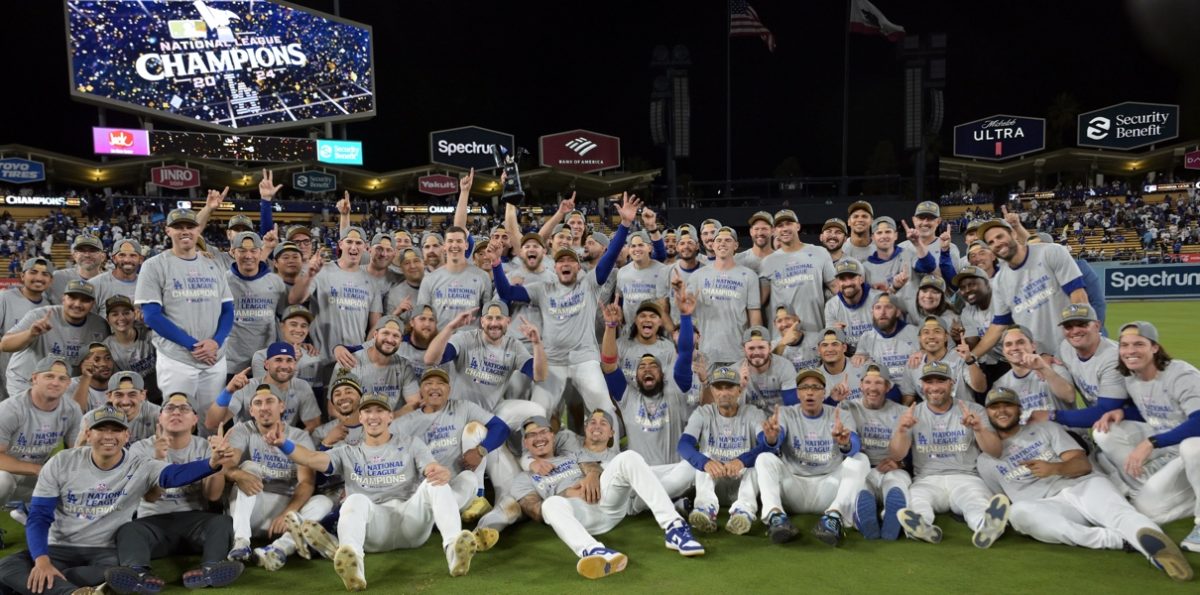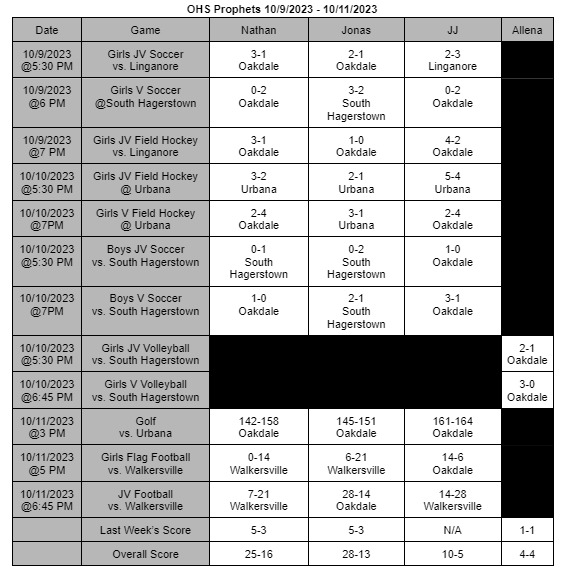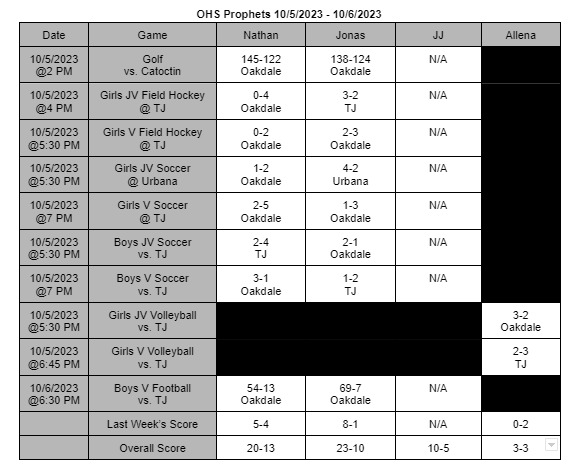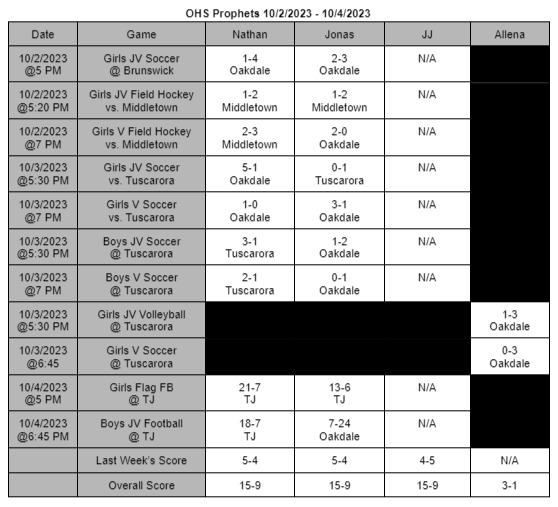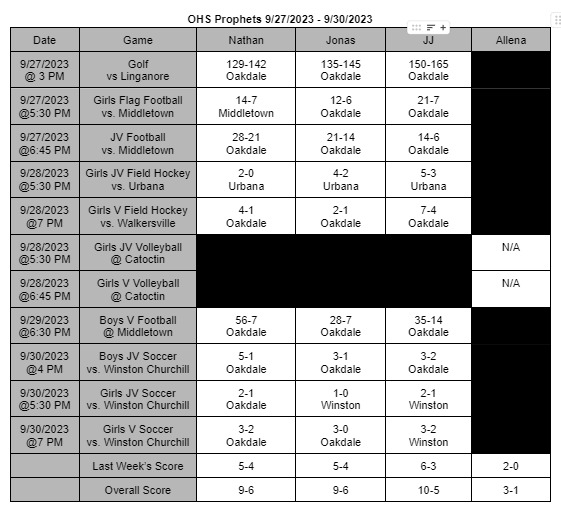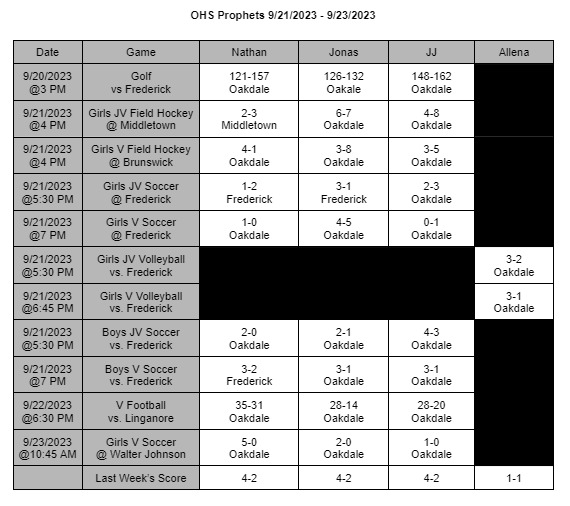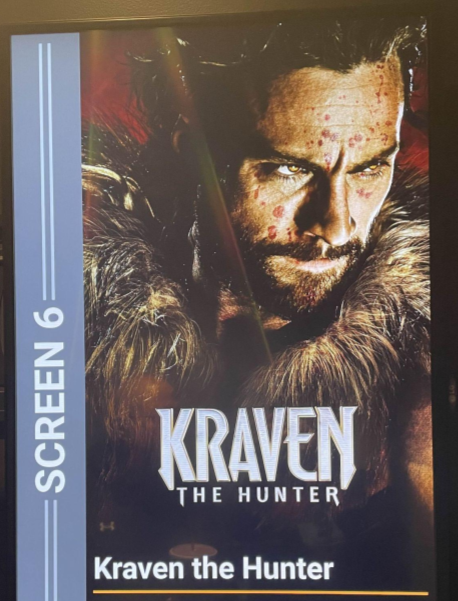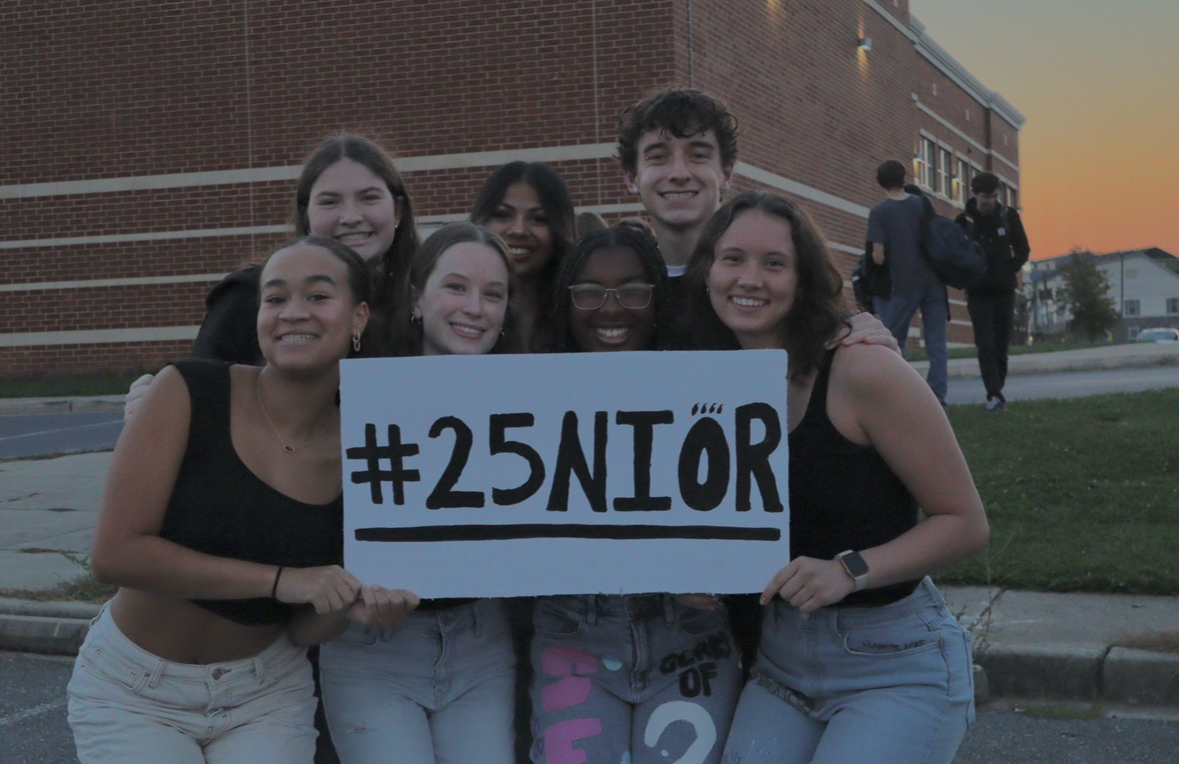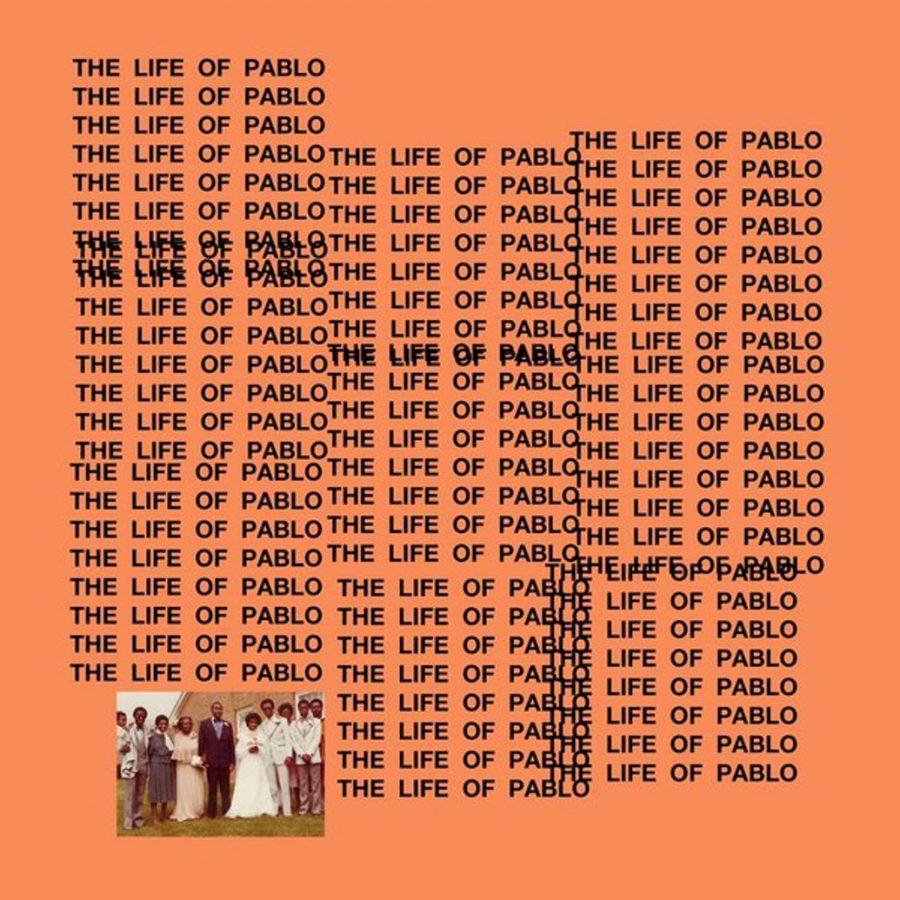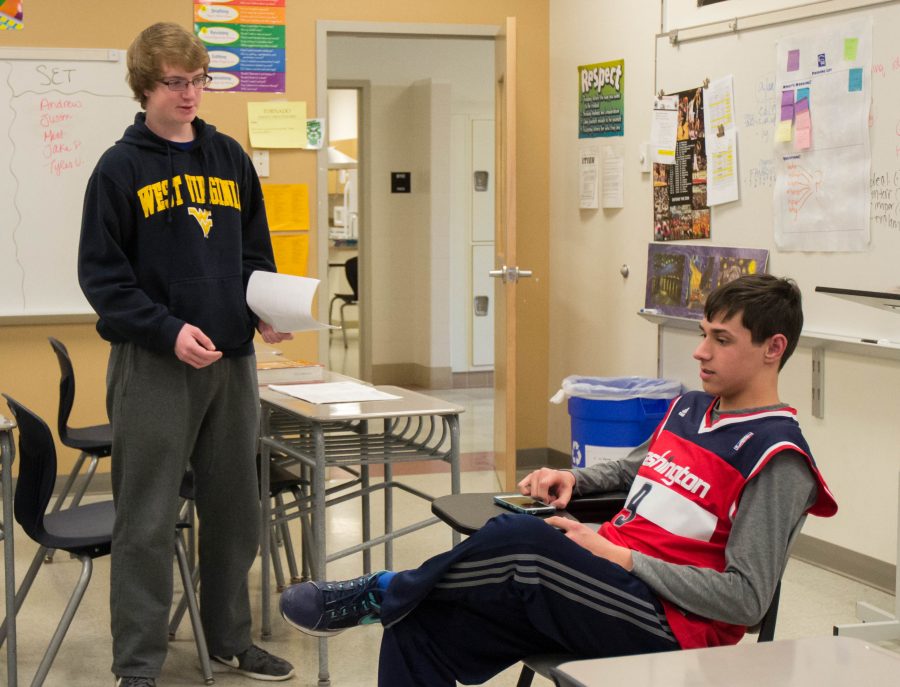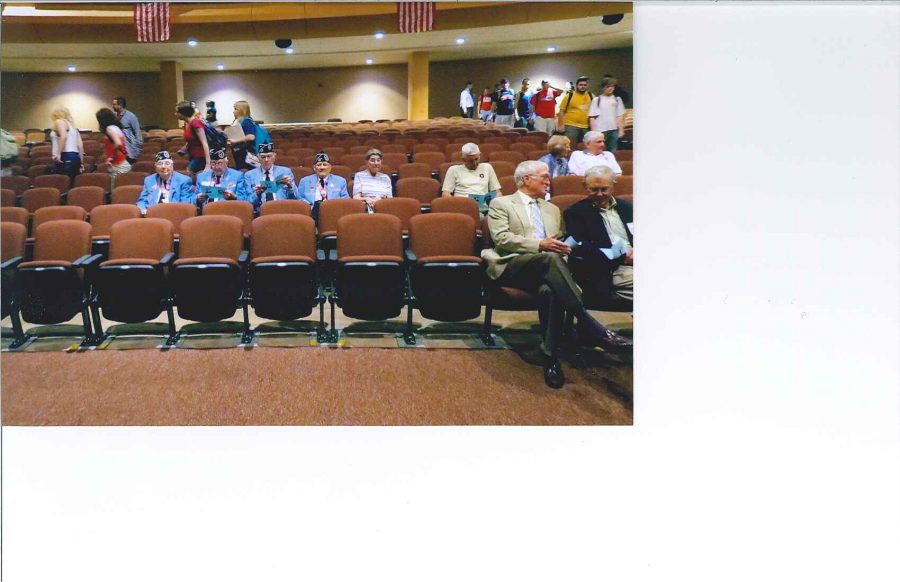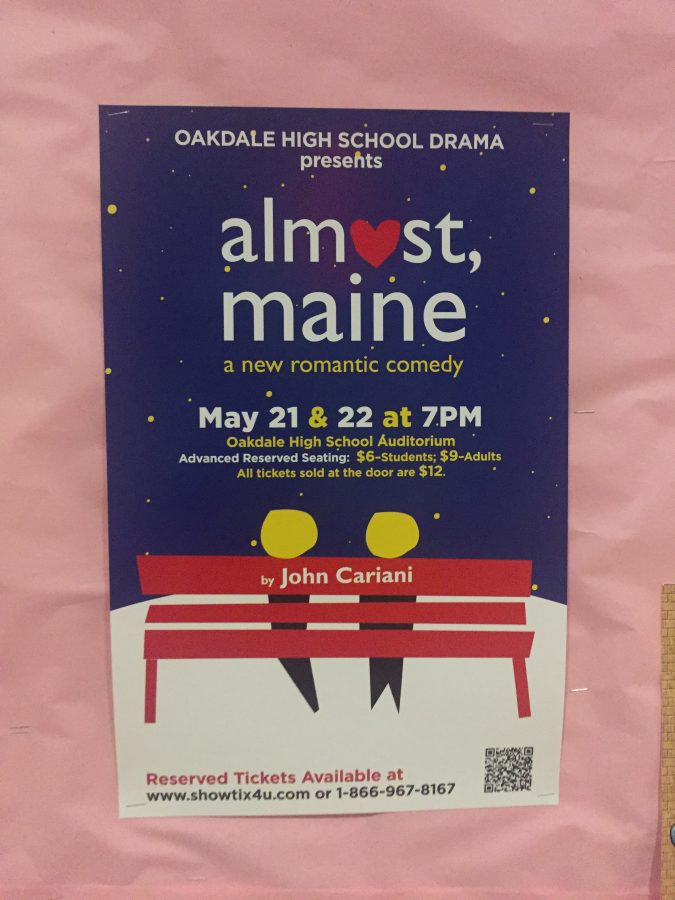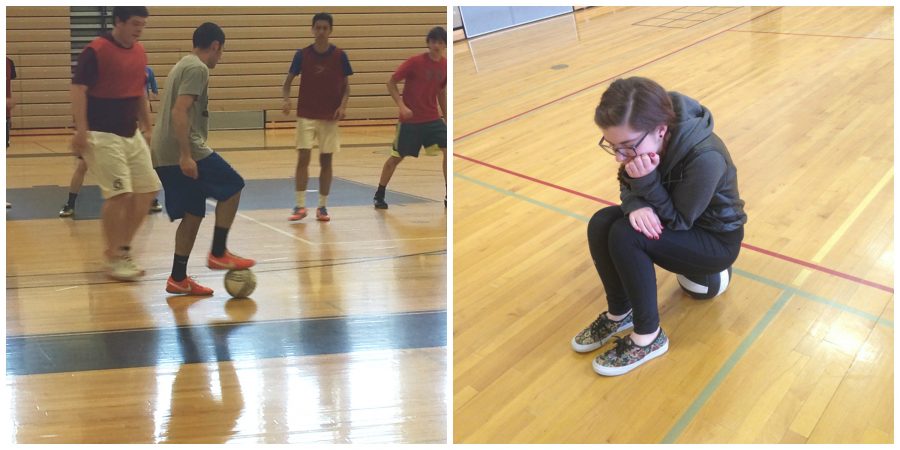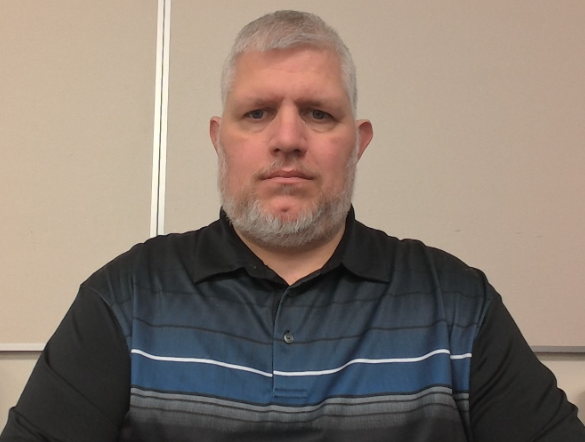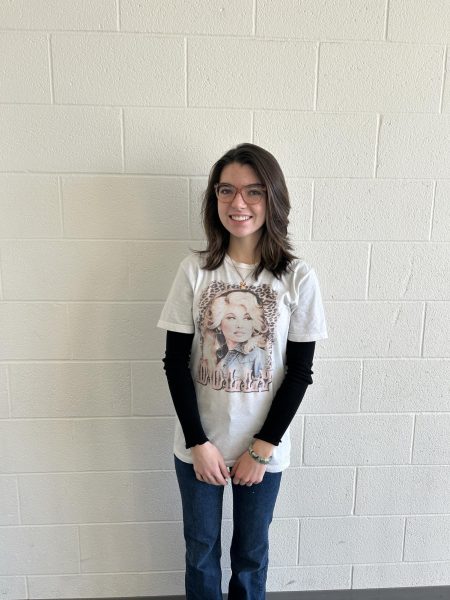American Sign Language (ASL) is a rapidly growing field of interest at Oakdale High School. The ASL Club has had to turn away new members, and classes have had to favor upperclassmen to make sure everyone gets a chance to take this popular class. Oakdale’s solution to this problem? Paul Fitzpatrick.
Fitzpatrick has been teaching ASL for over fifteen years and chose Oakdale because “most staff [members] are very familiar with Deaf culture and American Sign Language [and] they create a warm welcoming sense and space when visiting or coming to Oakdale High School.”
His class is based around educating students on deaf culture and skills they would need to interact with a Deaf person correctly, including, of course, knowledge of ASL. One aspect of Deaf culture that is applicable in schools was that “when getting my attention, the appropriate approach would be to tap my shoulder.” Lessons like these are important in order to maintain culturally appropriate interactions.
“[You need] some kind of understanding of the language and be able to communicate and get your needs across in the class,” Senior and student in ASL 1, Jr. Ade, states. He took the class in order to better communicate with Deaf students he knows.
Ade thinks that the best way to learn ASL is “through practical application,” which is exactly what Fitzpatrick’s class allows students to do.
Fitzpatrick also runs the ASL Club with Elizabeth Mulcahy, another sign language teacher in the building. This club takes students through a unique experience of sign language. Fitzpatrick describes ASL club as “an immersive experience due to modality differences due to the fact that signed language uses eyes and hands to communicate whereas spoken language does not.”
This club is growing and Fitzpartick and Mulcahy are planning fundraisers, field trips, and other fun activities for club members.
Fitzpatrick is new to OHS, and he is still learning about Oakdale traditions. So far, he has attended homecoming and its pep-rally this year, which he describes as “entertaining to observe.”
It should also be noted that Fitzpatrick grew up in a school for the Deaf and has often wondered whether public schools have similar traditions.
Fitzpatrick believes that every student should take ASL “at least once in their lifetime.” He shared a very insightful statistic: 90% of Deaf children are born to Deaf parents.
“Language deprivation is becoming a well-known issue that impacts Deaf children,” he also shared. ASL is not only great for your language skills but it is also beneficial for the language skills of Deaf children as well.
Fitzpatrick highly recommends everyone to take ASL to prevent language deprivation for future generations of Deaf children as well as for the experience of it.










